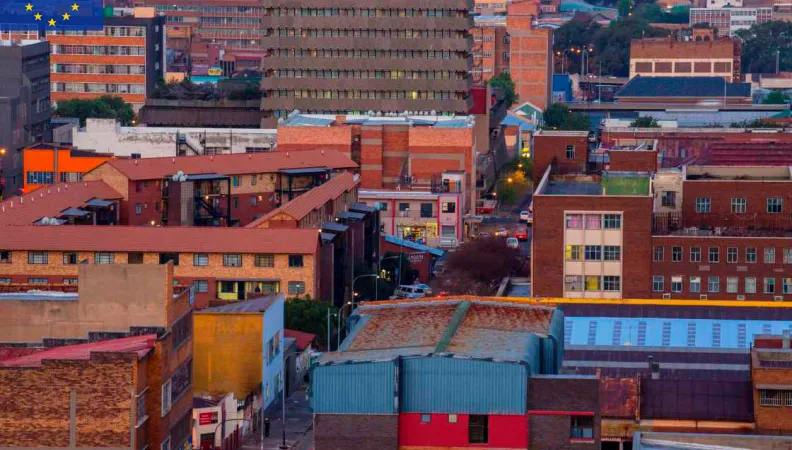Share the page
Impact of affordable housing on inequalities in Durban, Johannesburg, Cape Town - South Africa

-
Project start date
-
2018Status
Completed
-
Project end date
-
2020
-
Project duration
-
1 year and 7 months
-
AFD financing amount
-
110000
-
Country and region
-
Location
-
Cape Town, Johannesburg, Durban
-
Research program
This study deals with the new forms of affordable housing and public housing in South African cities. The objective? To determine whether these projects help reduce economic inequalities and encourage social inclusion.
Context
Since the end of apartheid, the successive South African governments have put emphasis on a very proactive public-housing policy, notably by having built 2.7 million housing units for the disadvantaged classes. However, various sources estimate that another 2 million affordable housing units are still needed (which would concern 12 million people, or one-fourth of the population of South Africa). Furthermore, construction of the 2.7 million housing units has not eliminated slums, which continue to spread in the major South African cities. Finally, most of the public housing has been established in the outer peripheries of cities: this hinders access by the beneficiaries to the areas offering jobs and services and contributes to continued racial and social segregation.
The most recent trends have seen the private sector encouraged to participate in the construction or renovation of affordable housing.
This project is part of the first phase of the Research Facility on Inequalities, coordinated by AFD and funded by the European Commission's Directorate-General for International Partnerships over the 2017-2020 period. The first phase of the Facility has led to the conduct of 22 research projects and the publication of around 100 research papers and policy briefs.
Goal
The objective of this research project is to understand the impact of projects such as the “Integrated Housing Developments” or so-called “social” housing in the major South African cities (Johannesburg, Cape Town, and Durban). Other tools furthering social inclusion are also studied, such as the regulations and tax incentives that encourage production of affordable housing by the private sector, etc.
As part of this study, we cover both the question of reducing economic inequalities and the question of the scale at which inequalities should be examined: by neighborhood, by district, or citywide.
The study also defines the determinants and obstacles with regard to the production of public and affordable housing. These include the economic model, support from the public sector, private investment, regulatory framework, difficulties in implementation, and others.
Method
The research project makes a case study of several projects involving the production of subsidized housing in three major South African cities (Cape Town, Johannesburg, and Durban). Several socio-economic indicators are used to evaluate inequalities.Series of data on housing supply and demand have been gathered, from the 2000s to 2018. The study looks for the most disaggregated data possible, in order to identify tendencies within cities regarding segregation, inclusion, and exclusion.
The role of different sources of income is analyzed, in particular the incomes and expenditures related to housing, by cross-analyzing them with the Gini index on inequalities.
The study also has a qualitative component dealing with the forms of production and regulation of affordable housing in South Africa.
Results
You may find the research papers here:
- Social housing and upward mobility in South Africa
- The role of social housing in reducing inequality in South African cities
You may find the policy briefs here:
Contacts:
Irène Salenson, Research Officer, AFD
Ivan Turok, Executive Director in the Economic Performance and Development Unit of the Human Science Research Council
